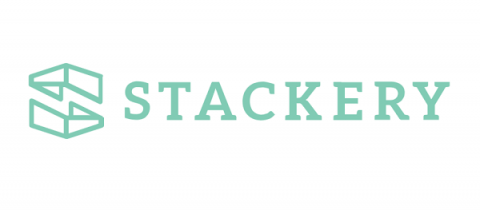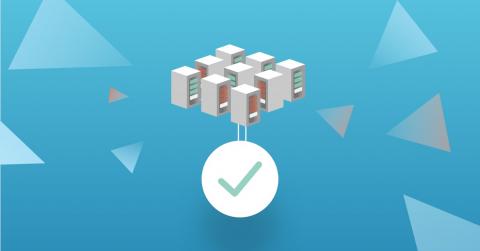Understanding Systemic Issues: The PagerDuty Health Check Process
Continuous improvement is one of the fundamental tenets of Agile methodology that PagerDuty’s product development teams emphasize. This already works fairly well at the individual team level via retrospective meetings and postmortems but sometimes we don’t notice larger or systemic issues that are outside the control of a single team. This blog will share the process that we use at PagerDuty to uncover those issues, the outcomes we have seen, and how we have evolved that process.











